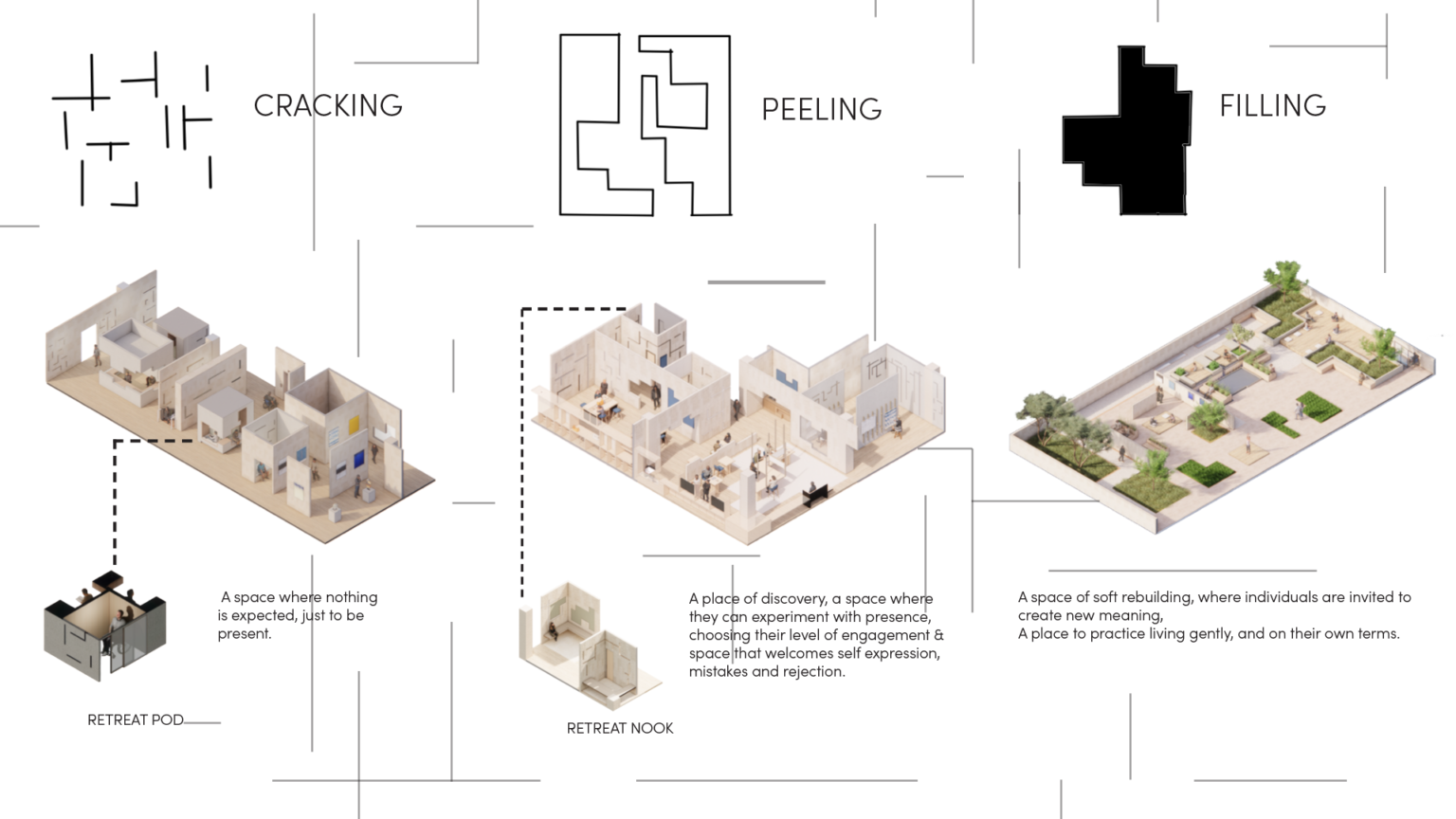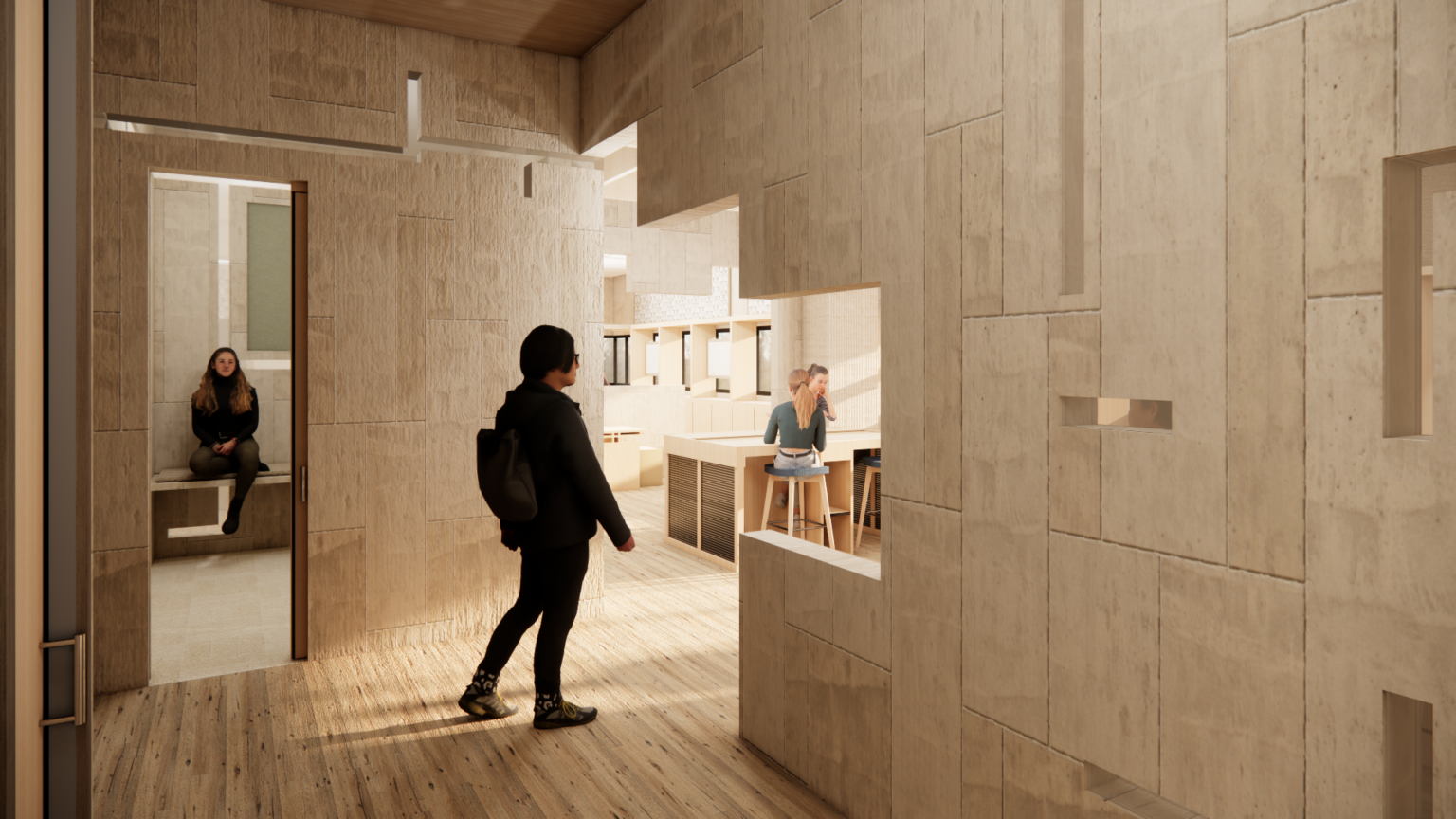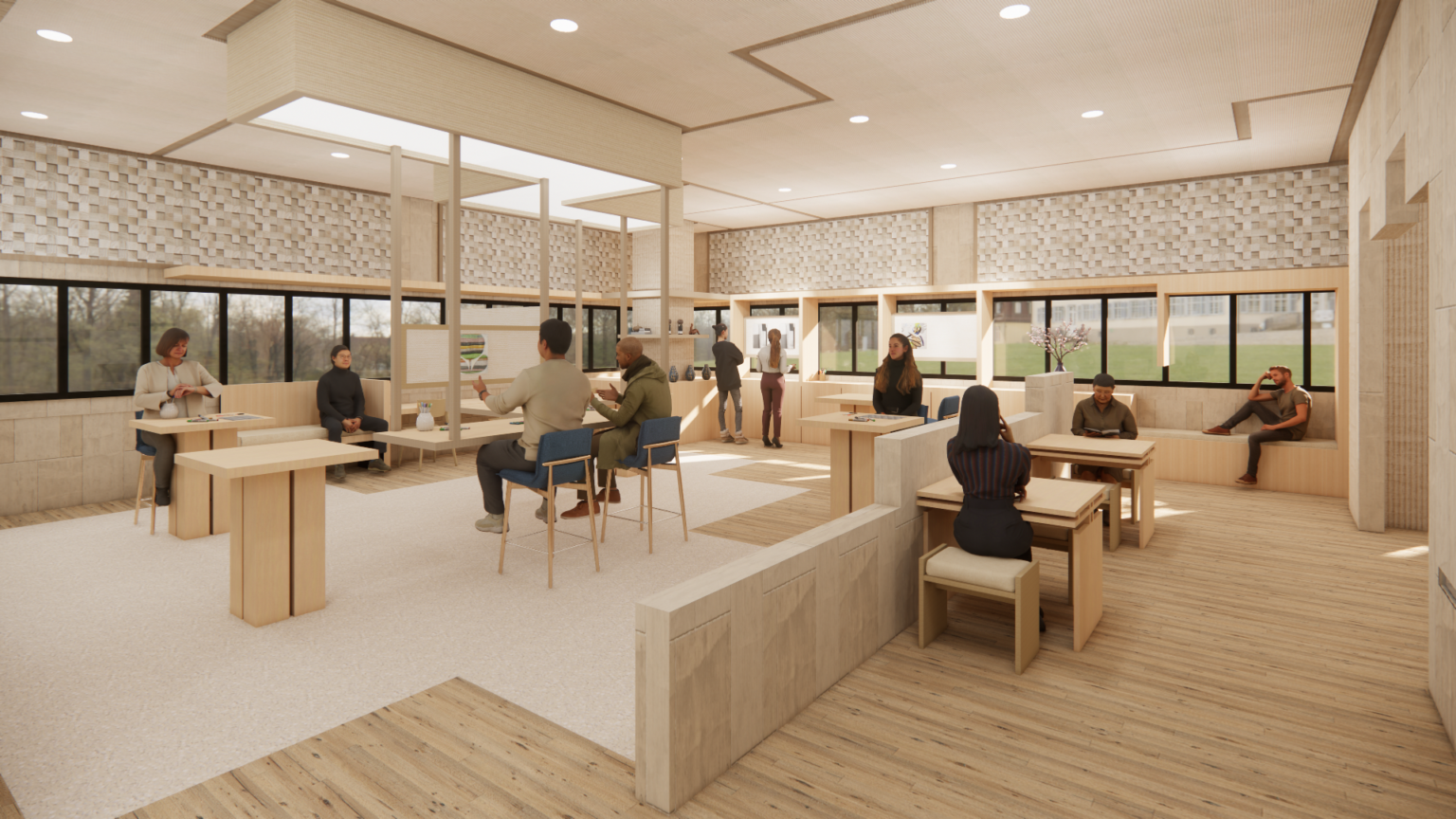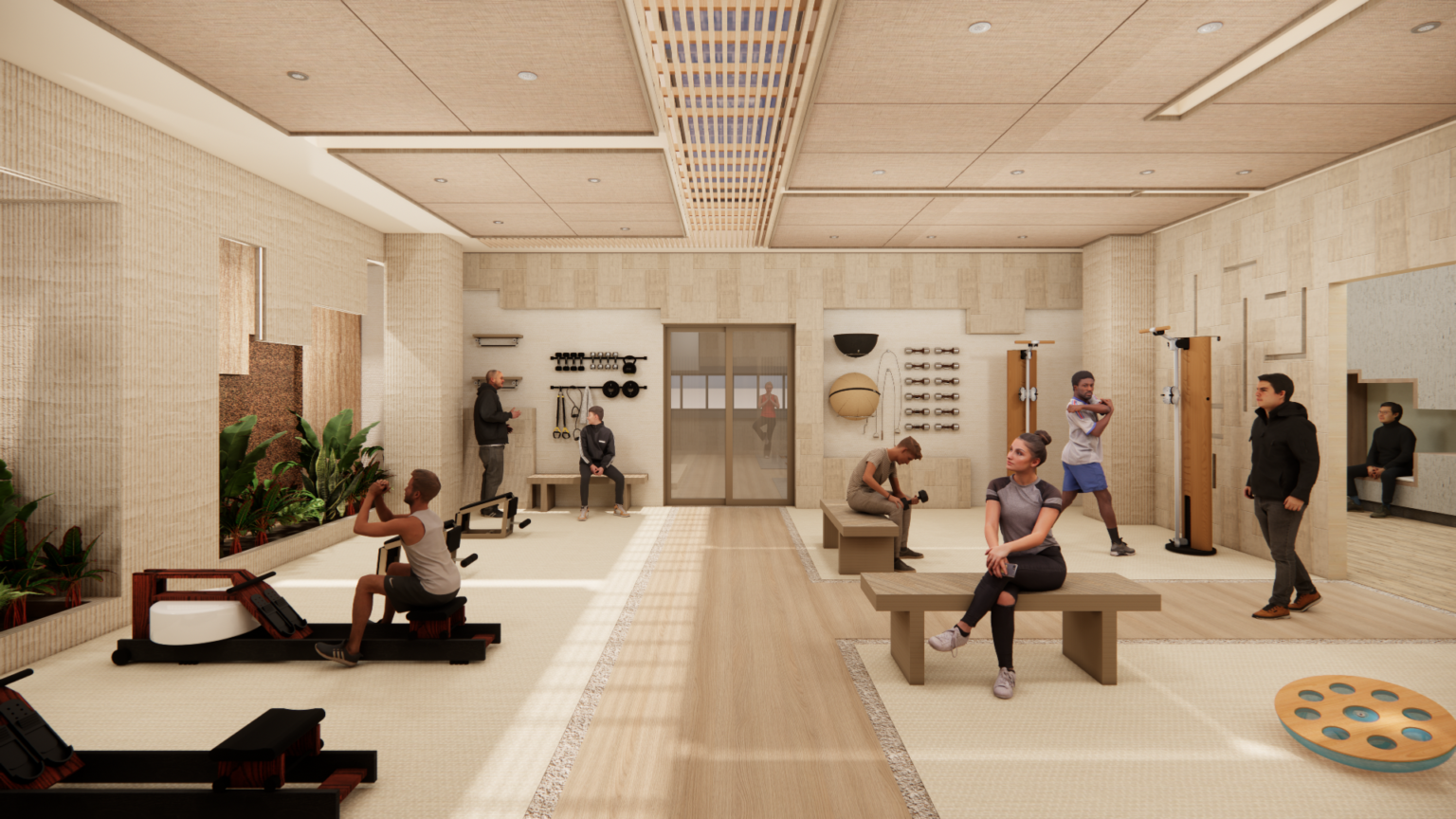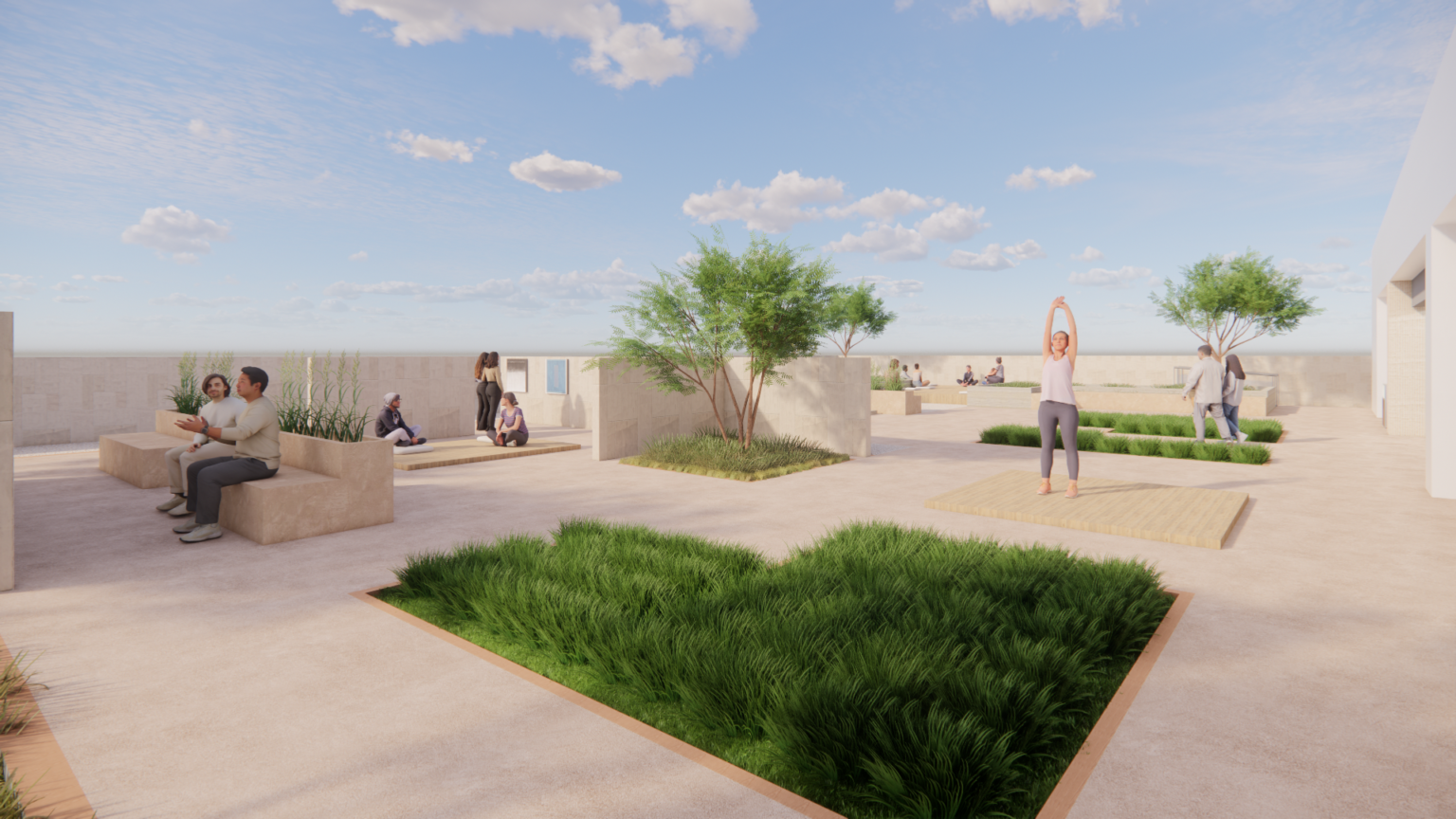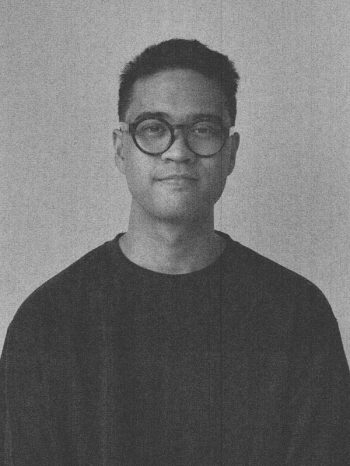
I’m designing a hikikomori recovery and reintegration hub in South Korea — not to fix those who’ve withdrawn, but to honor their presence and offer quiet permission to return to the world at their own pace.
Hikikomori often live unseen, burdened by shame or pressure to change. But healing begins not with correction, but with recognition — with allowing what’s been ignored to simply exist.
This project believes that even in stillness, a person is already moving. Presence, no matter how quiet, leaves a trace.
Rather than enforcing progress, the space supports it gently: soft arrivals, places to reflect, to create, to feel part of something — without expectation.
The architecture doesn’t demand a transformation. It holds space for one.
Because before anyone can reconnect with the world, they must first be reminded they still belong in it.
id-32.25 —————— mika sihite
